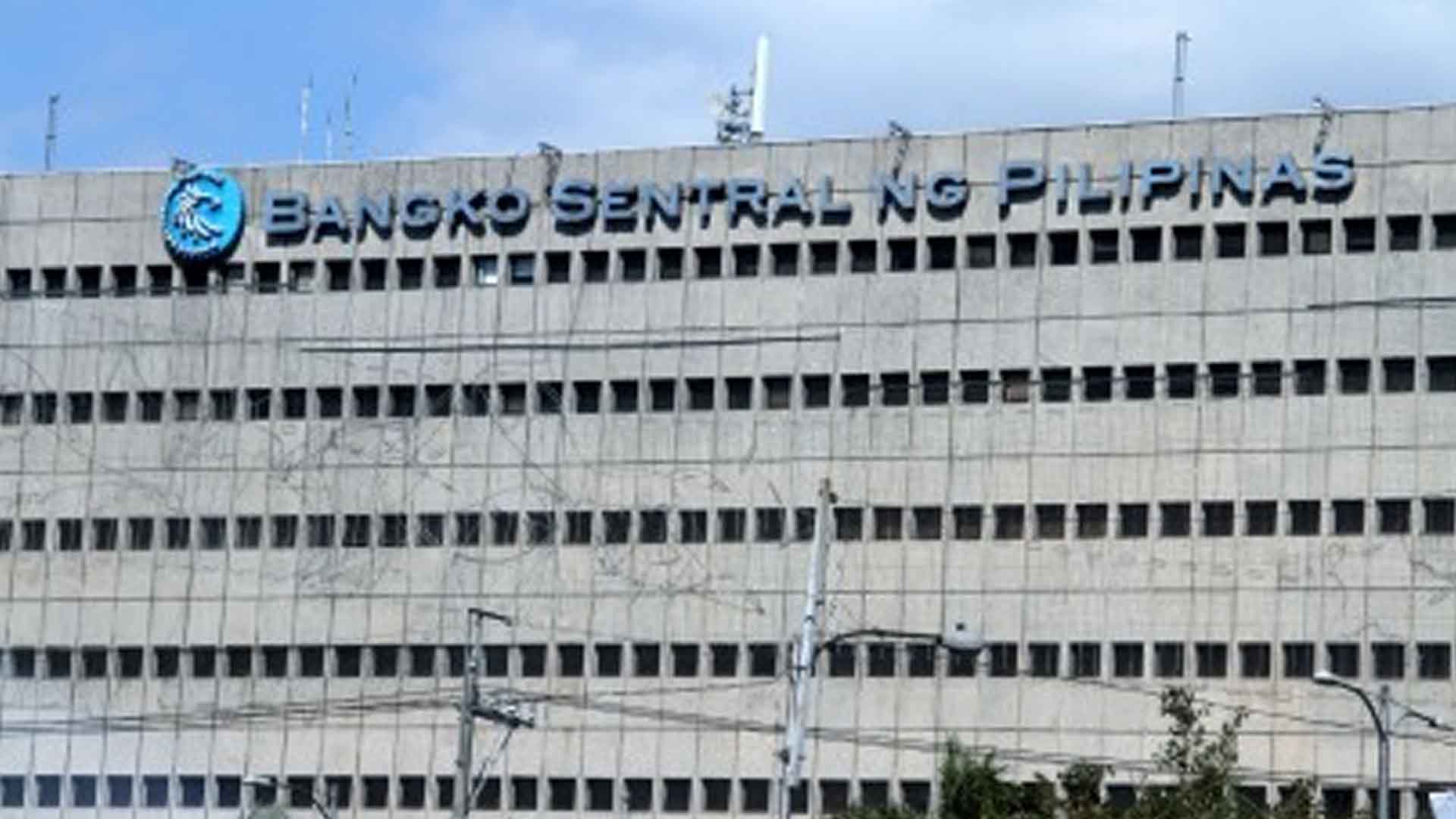The Bangko Sentral ng Pilipinas (BSP) introduced a new design for the P1,000 banknote on Saturday, December 11.
The changes have sparked outrage from many sectors since it was revealed last week and BSP Governor Benjamin Diokno defended the controversial decision, saying that the changes are only part of the cycle.
The Philippine eagle will be replacing the three Filipino World War II heroes — Vicente Lim, Josefa Llanes Escoda, and Jose Abad Santos on the new design of the P1,000 banknote, which will be distributed in limited quantities next year.
LOOK: New design of the P1,000 bill. pic.twitter.com/ctrdB0kT3j
— Ted Cordero (@Ted_Cordero) December 11, 2021
Why were the heroes in the banknote replaced in the new design?
According to Diokno “the new series will focus on fauna and flora in the Philippines” by which it is intended to celebrate and accommodate the country’s “numismatic artistry” and “dynamism.” The feature of the Philippine eagle has been chosen since it is an endangered species and one of the world’s most powerful birds.
Diokno clarified that the changes do not attempt to revise history. Also, as part of the BSP’s protection of the Philippine money, the firm continuously adopts changes in coins and banknotes which will make them difficult to counterfeit.
Why is the BSP opting for polymer-based banknotes over abaca and cotton banknotes?
The BSP is pushing for the use of polymer-based banknotes or known as plastic bills because they are more hygienic and sanitized, more sustainable, more lasting, and could reduce production costs by 25%.
Citing the experience of other countries, polymer banknotes can survive severe temperatures and remain 2.5 to 4 times longer than paper money.
Polymer-based banknotes are also water and dirt resistant and even more conducive to wet market conditions.
In October, the BSP stated that it had been given permission to circulate 500 million P1,000 polymer banknotes as part of a pilot program.
The issuance of the new bill was already approved by the Monetary Board (MB) and the Office of the President which the Reserve Bank of Australia and its wholly-owned subsidiary Note Printing Australia will produce the new Philippine polymer banknotes.
The test circulation of the first 500 million pieces of the new P 1,000 bill will run from 2022 to 2025, however, the old banknote will still be in use.
Source: https://www.bsp.gov.ph/SitePages/MediaAndResearch/MediaDisp.aspx?ItemId=6060, https://twitter.com/GovBenDiokno






















